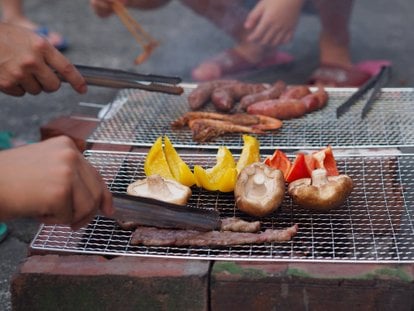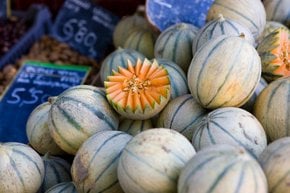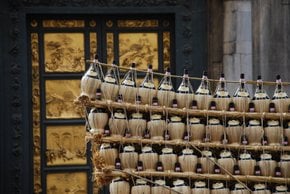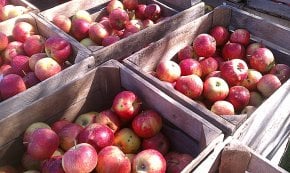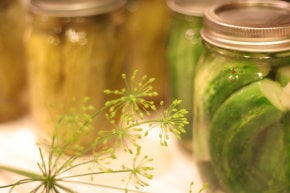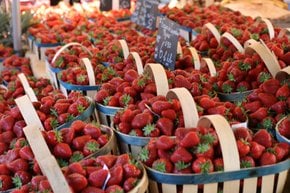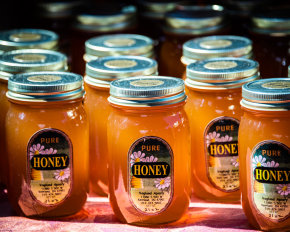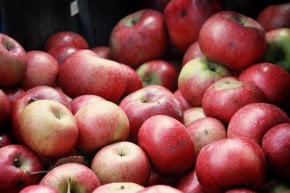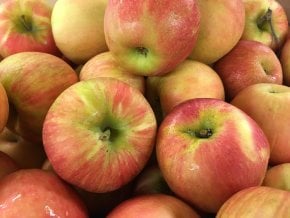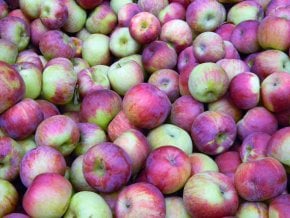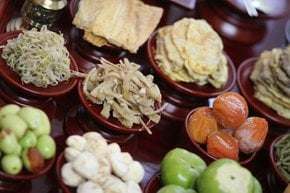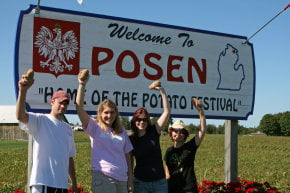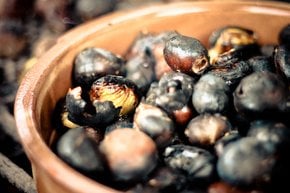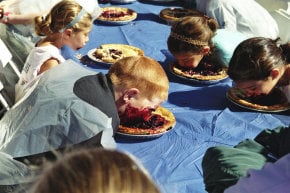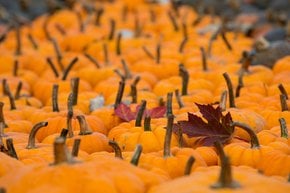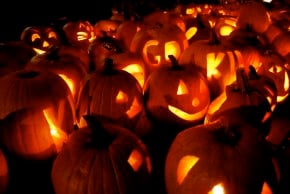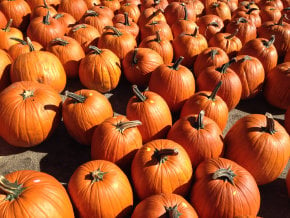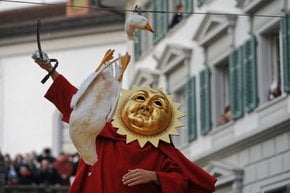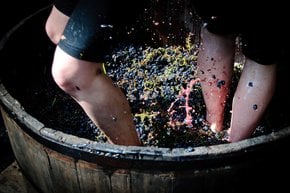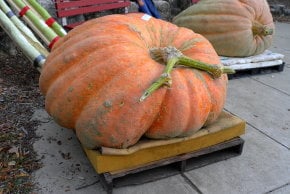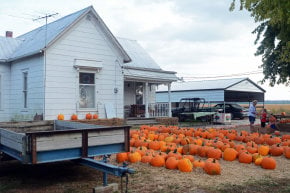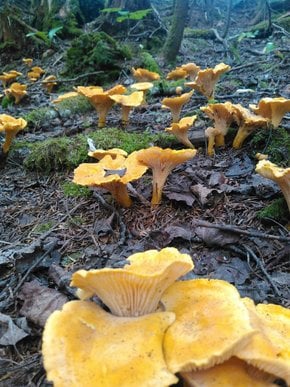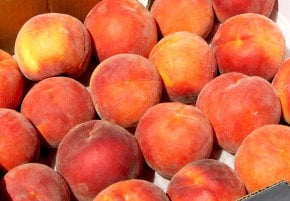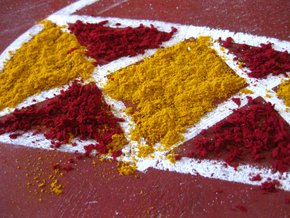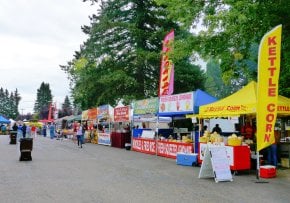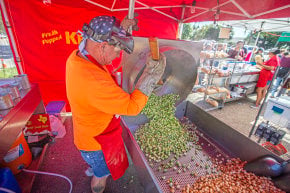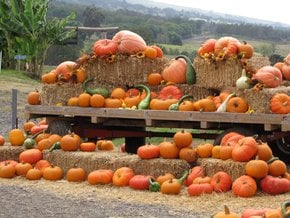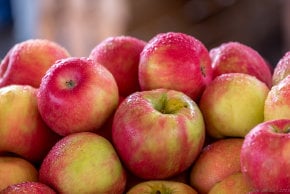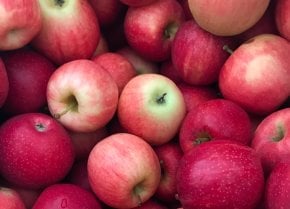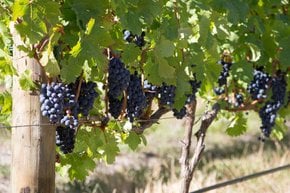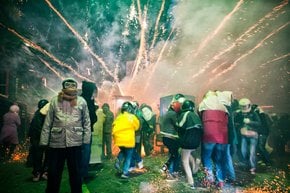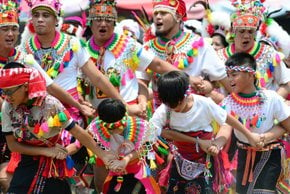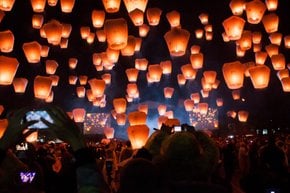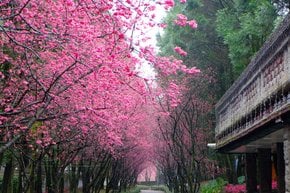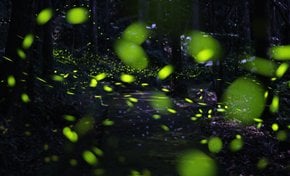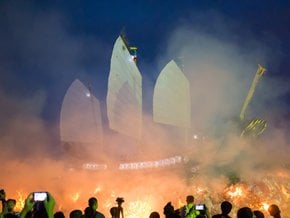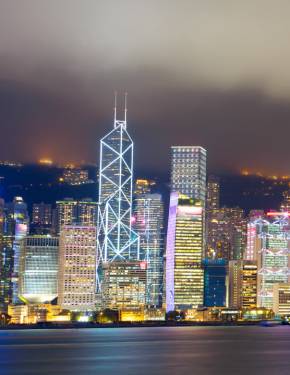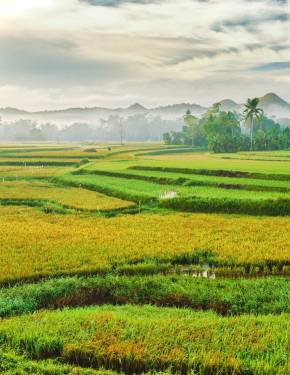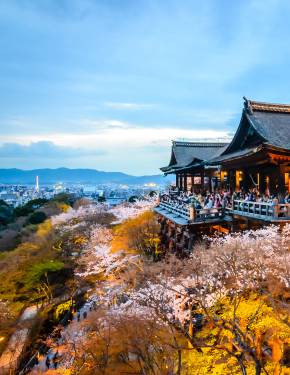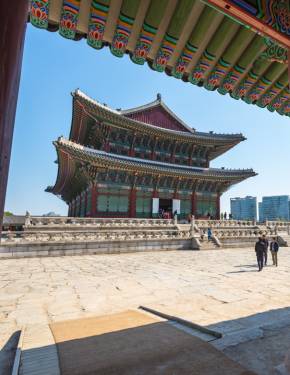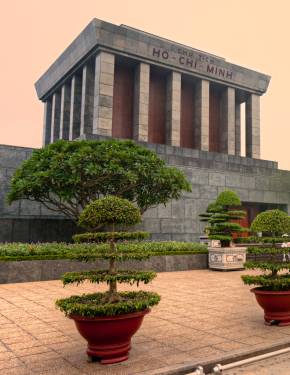Mid-Autumn Festival 2025 in Taiwan
Full moon, mooncakes, and public BBQs—the most famous features of the harvest festival in Taiwan
Dates: October 6, 2025
The Mid-Autumn Festival, also known as the Moon Festival, is celebrated by ethnic Chinese and Vietnamese communities on the 15th day of the eighth month in the Chinese Han and Vietnamese calendars. This festival, falling between early September and early October on the Gregorian calendar, marks the full moon's peak brightness and fullness, aligning with the autumn harvest season.
Tradition
The festival centers around three core themes. It emphasizes family reunions and celebrating the harvest. The full moon, believed to be at its brightest and roundest, symbolizes completeness and togetherness. It involves expressing gratitude for the harvest and harmonious relationships. People pray for various blessings, including health, happiness, beauty, and a prosperous future.
Celebrations
In Taiwan, the Mid-Autumn Festival is celebrated with mooncakes and barbecues while enjoying the full moon. The Taipei City government opens up to 20 riverside parks for public festivities, where people gather with family and friends for a simple, enjoyable holiday. Children often make and wear hats crafted from pomelo rinds, believing that Chang’e, the moon goddess, will bestow good fortune upon those with her favorite fruit. Vibrant parades light up the night sky with lanterns, and the festival’s origins are deeply rooted in ancient folklore and legends. The tradition of crafting Pomelo hats is rooted in various beliefs, ranging from seeking blessings from the gods to receiving favor from Chang’e, the moon goddess.
History of Mid-Autumn Festival
The Mid-Autumn Festival, which began over 2,000 years ago as a post-harvest celebration, evolved from moon worship during the Song dynasty. The 15th day of the eighth month was established as Mid-Autumn Day under Emperor Tai. Popular legends include the story of Chang-E, the Moon Lady, who ascended to the moon after drinking an elixir of life, and the tale of Hou Yi, her husband, who had saved the earth by shooting down nine suns. This mythology, dating back to the Tang dynasty and earlier, is central to the festival's celebrations.

